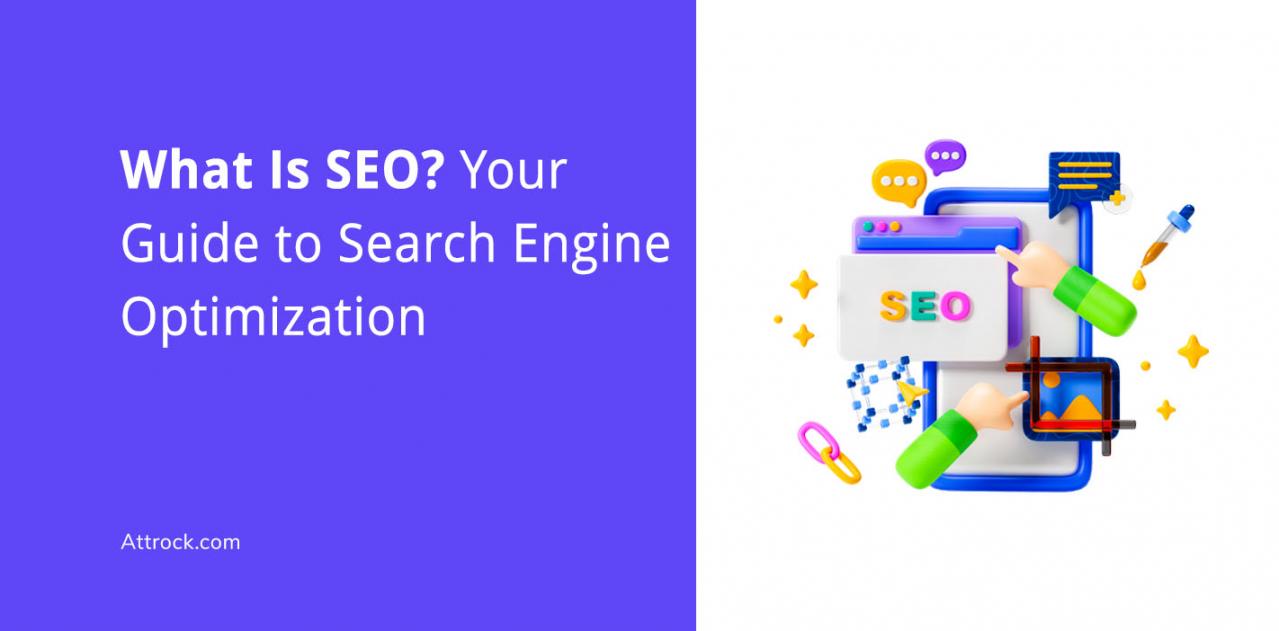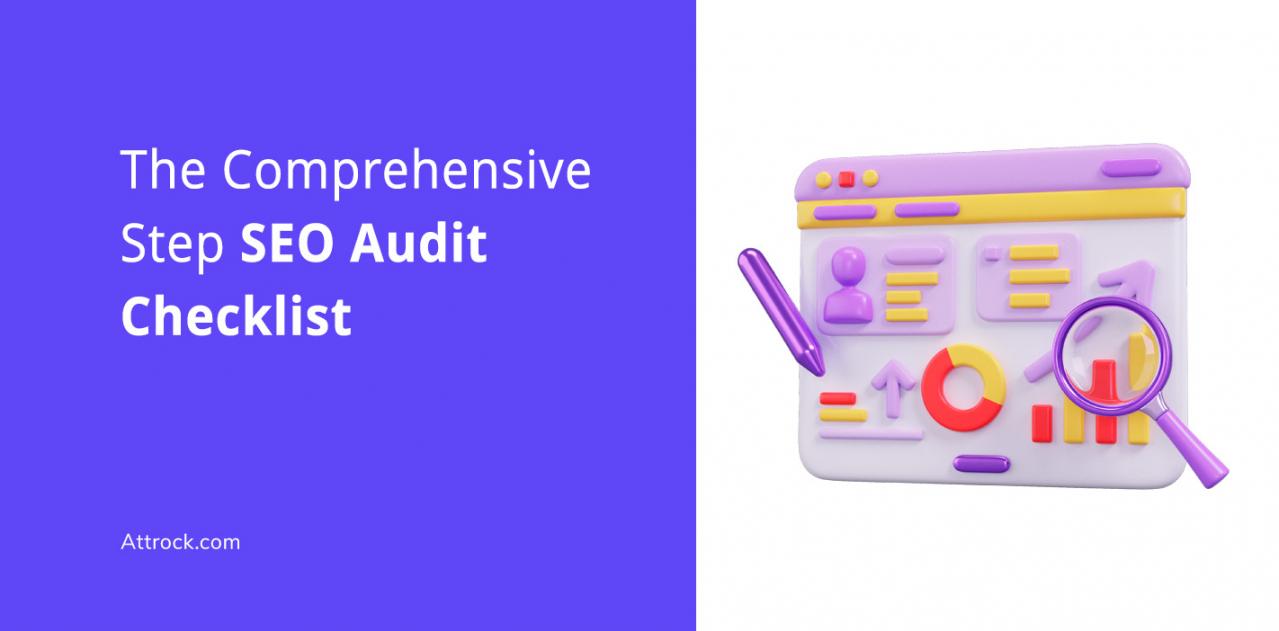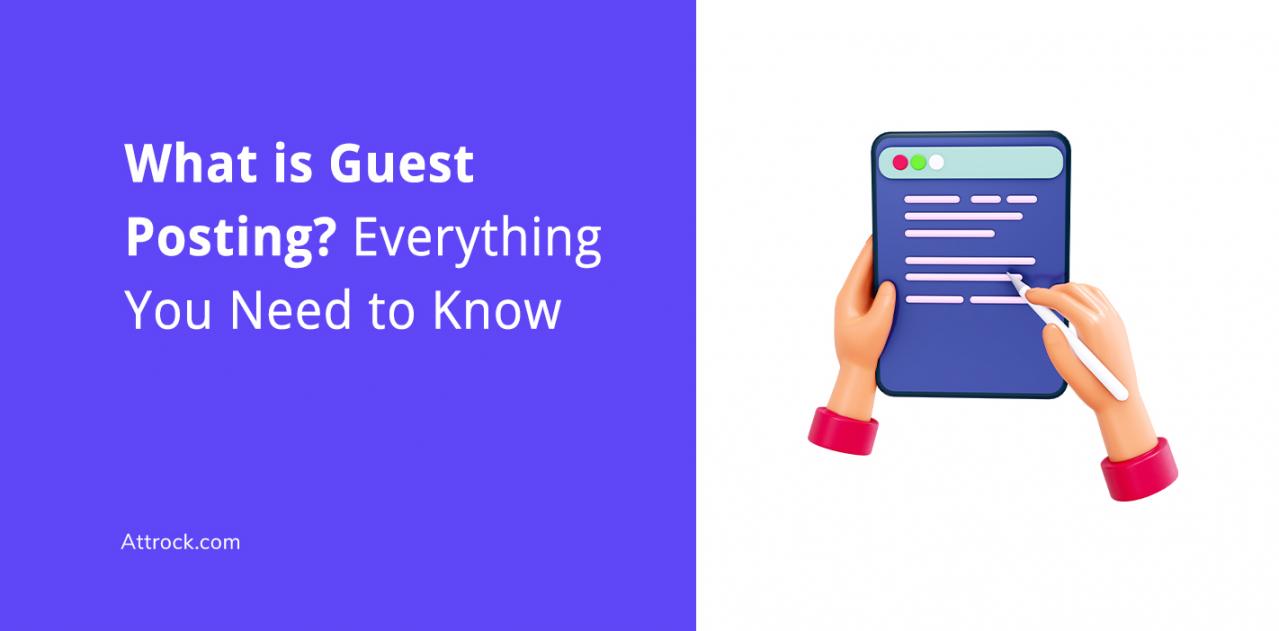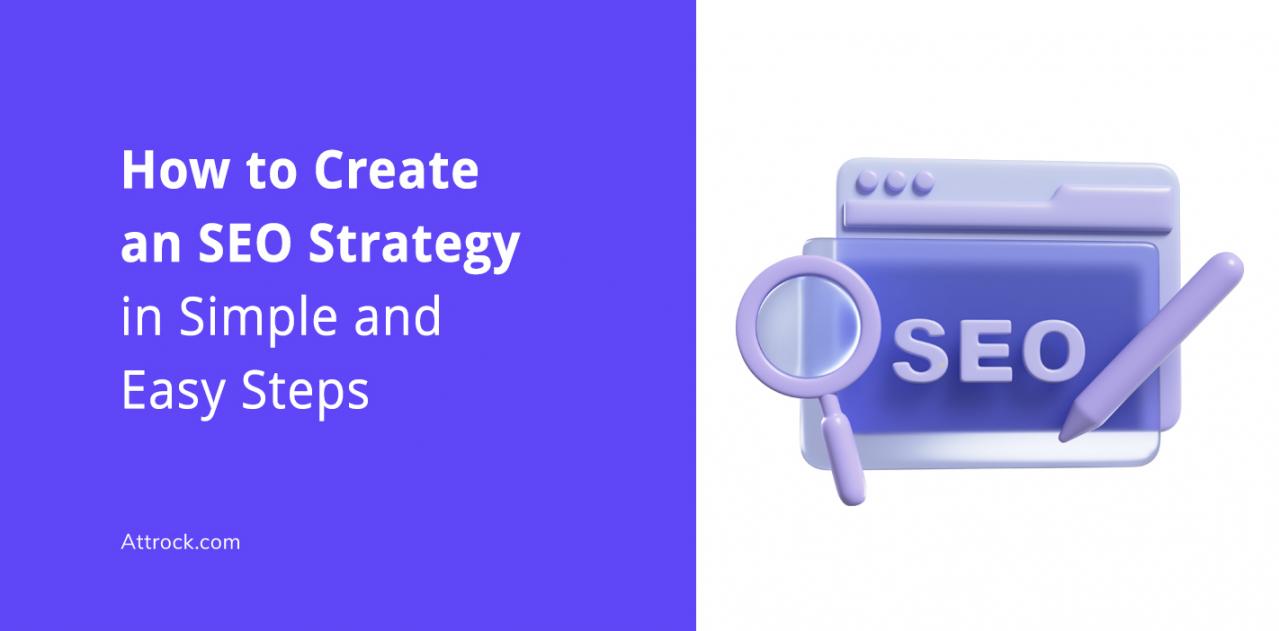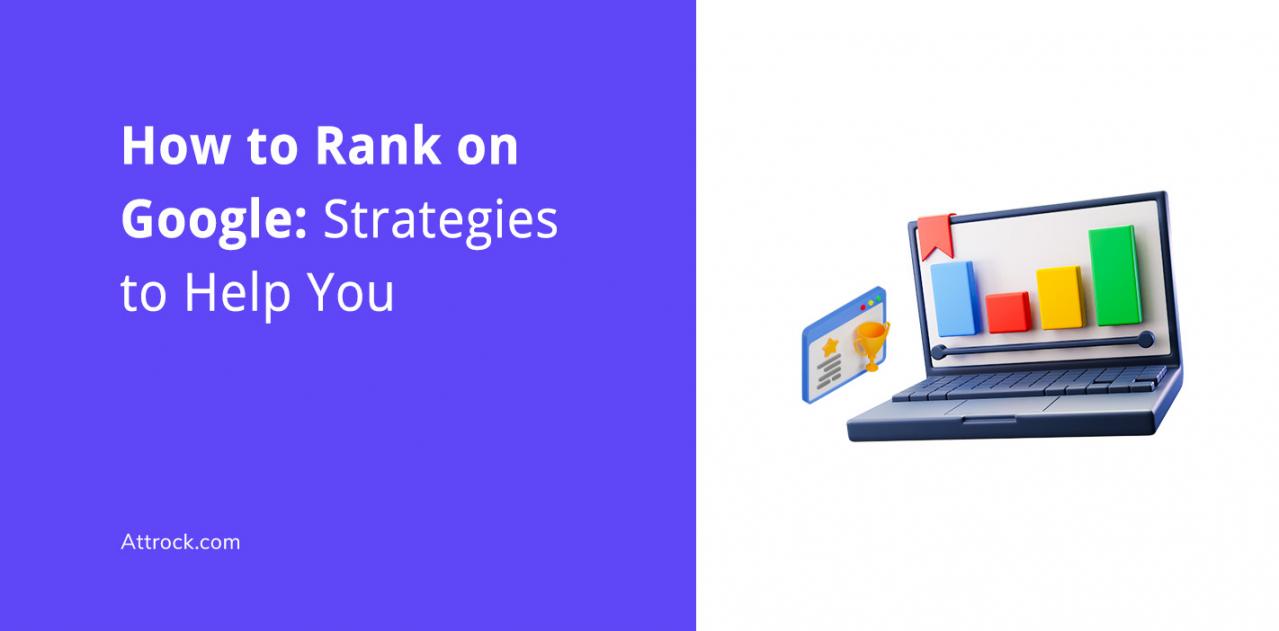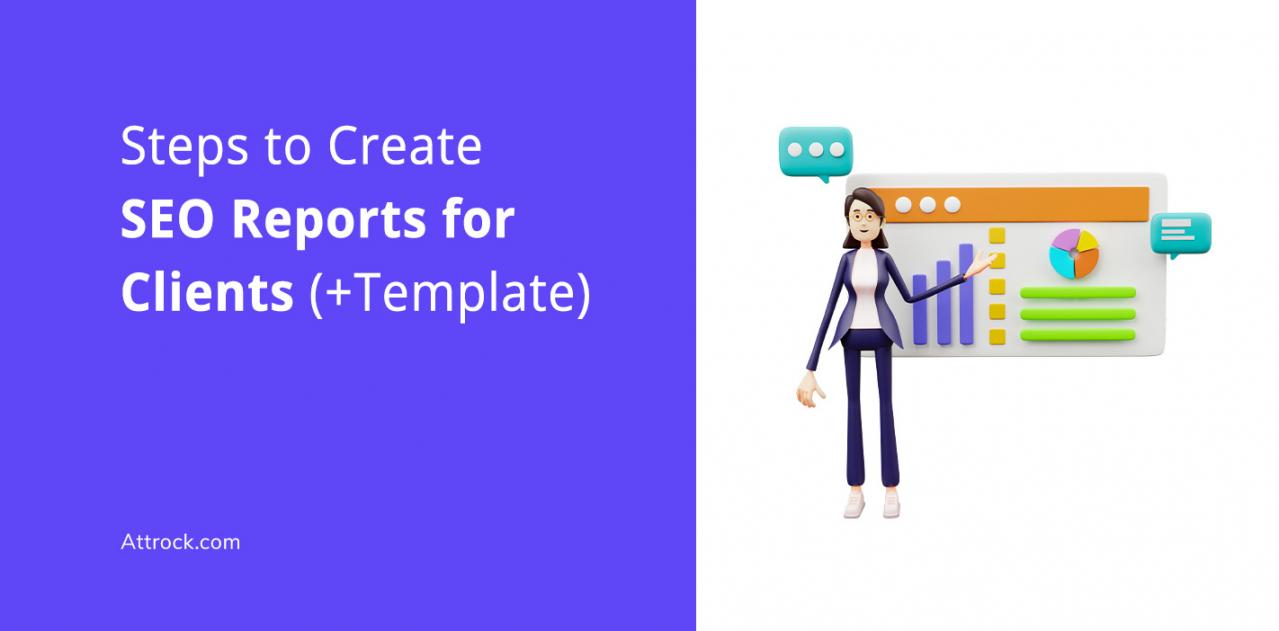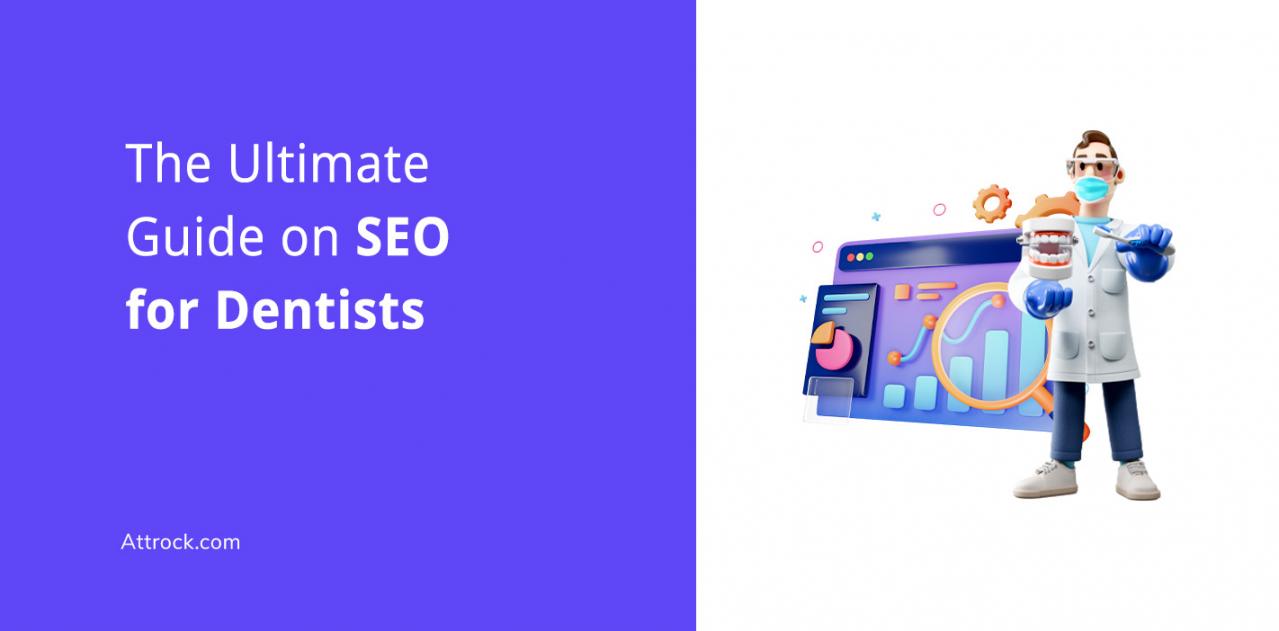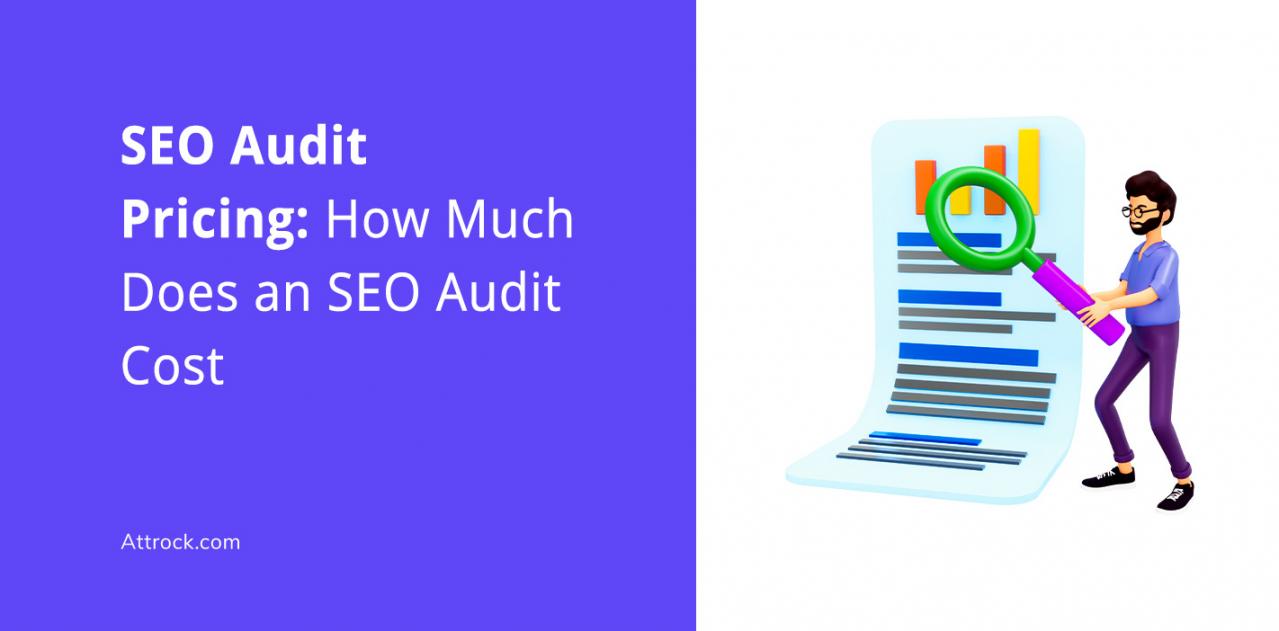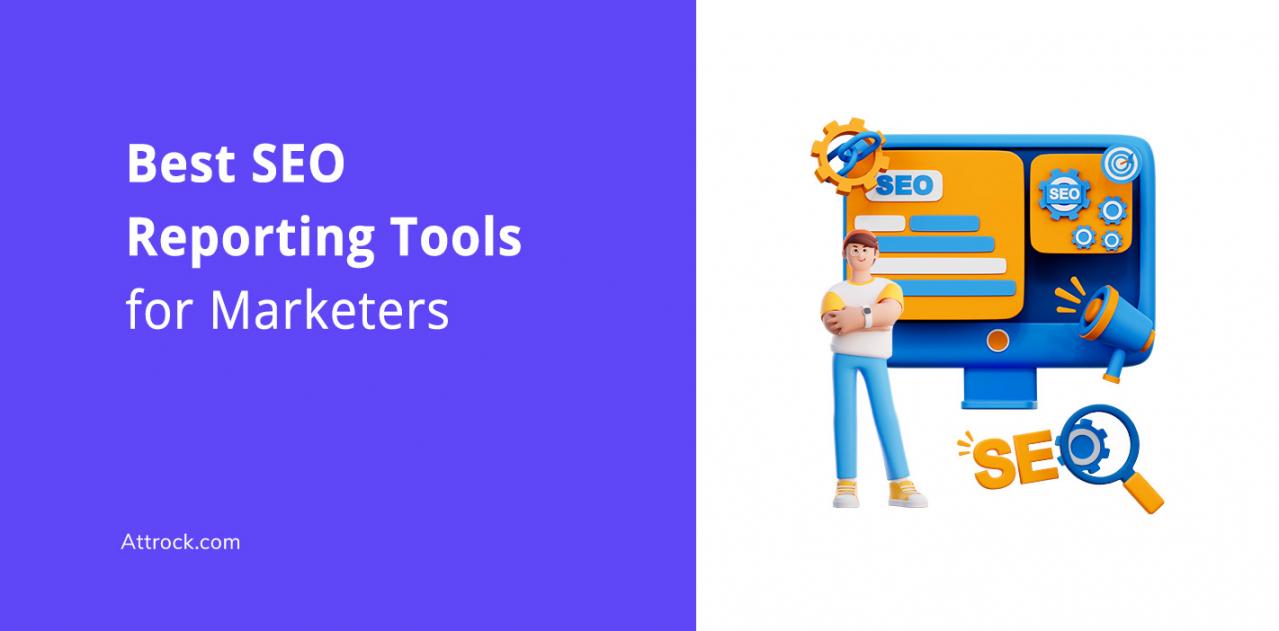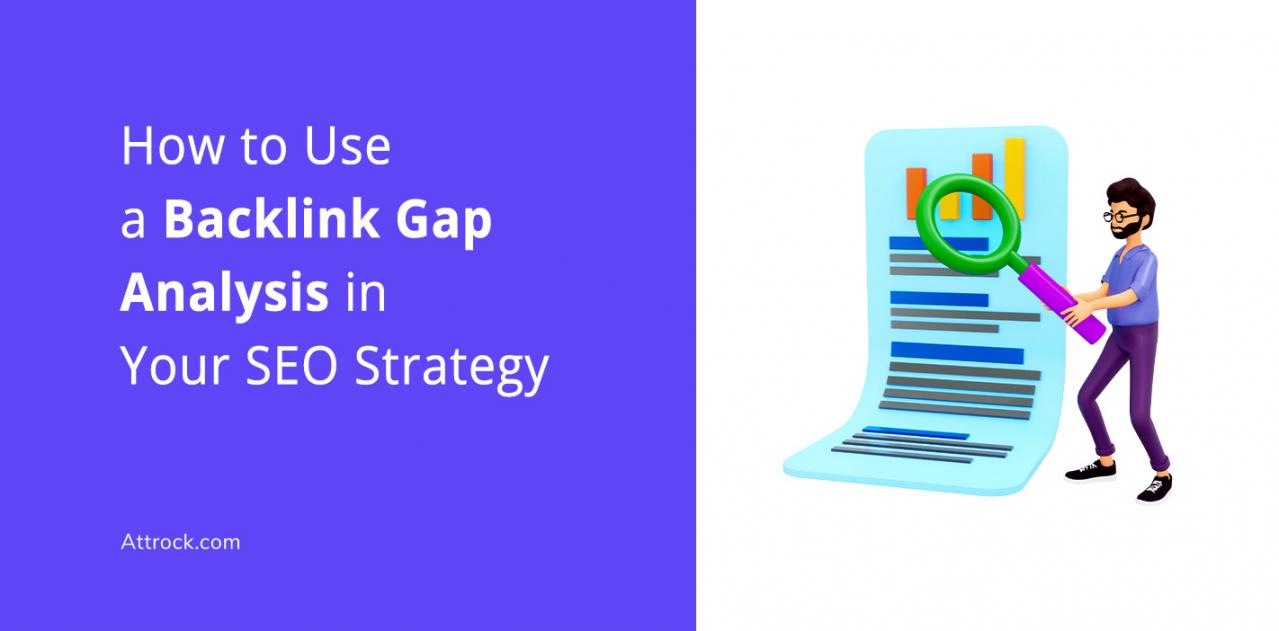Generative AI SEO is the latest buzzword that has got everyone confused. Does it refer to the use of generative AI tools for SEO or is there more to it?
To add to that confusion, there’s another term doing the rounds these days—generative engine optimization (GEO).
You might be thinking that you’re still mastering SEO and now you have to worry about GEO as well.
Well, let us simplify things for you by explaining all these concepts and their impact on SEO.
In this detailed guide, we will explain what generative AI is, the role it plays in SEO, and how to best leverage AI tools for SEO. What’s more, we’ll provide an in-depth guide on how you can create content for generative AI SEO.
So, grab a coffee and start learning.
Table of Contents
What is Generative AI?
Generative AI is a type of artificial intelligence that helps you create content. This could be text content, visual content, audio content, and even code.
Generative AI tools use various AI technologies, such as machine learning and natural data processing, to create human-like content. It identifies trends and patterns from human content in its database and mimics them to generate content.
Generative AI has tons of practical business applications, from creating emails to generating SEO-friendly website content.
According to the 2024 Foundation AI Survey, content creation is the most common application of AI for marketers, signifying the importance of generative AI.
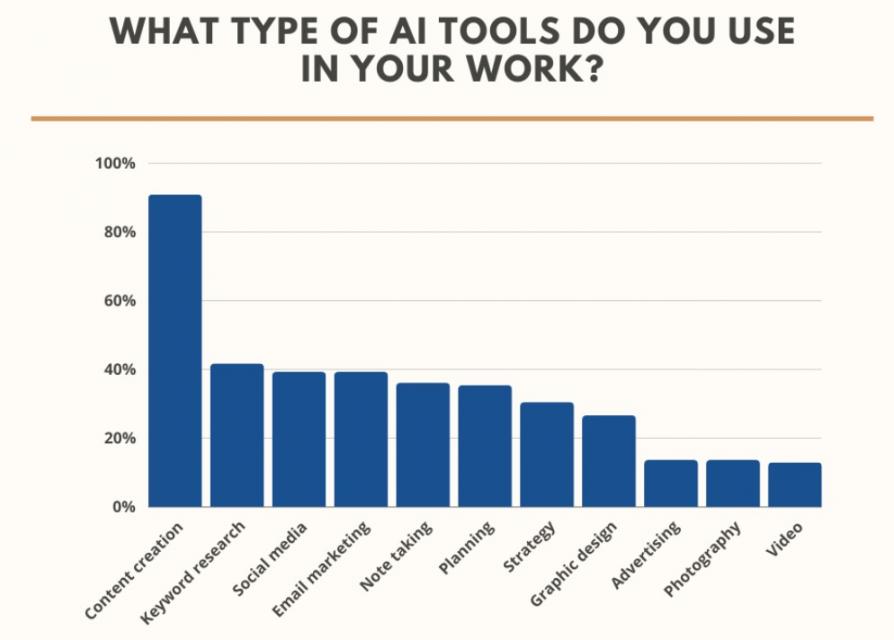
Image via Foundation
Why Does Generative AI Matter in SEO?
In the context of search engine optimization (SEO), one obvious use of generative AI is content creation. There are many AI-powered content writing tools available in the market today.
However, the launch of Google’s Search Generative Experience (SGE) has changed the way searches are done, changing the SEO industry altogether.
So, what is SGE and how does it work?
Basically, Google now uses AI to provide quick answers to its users for their search queries. Here’s an example.
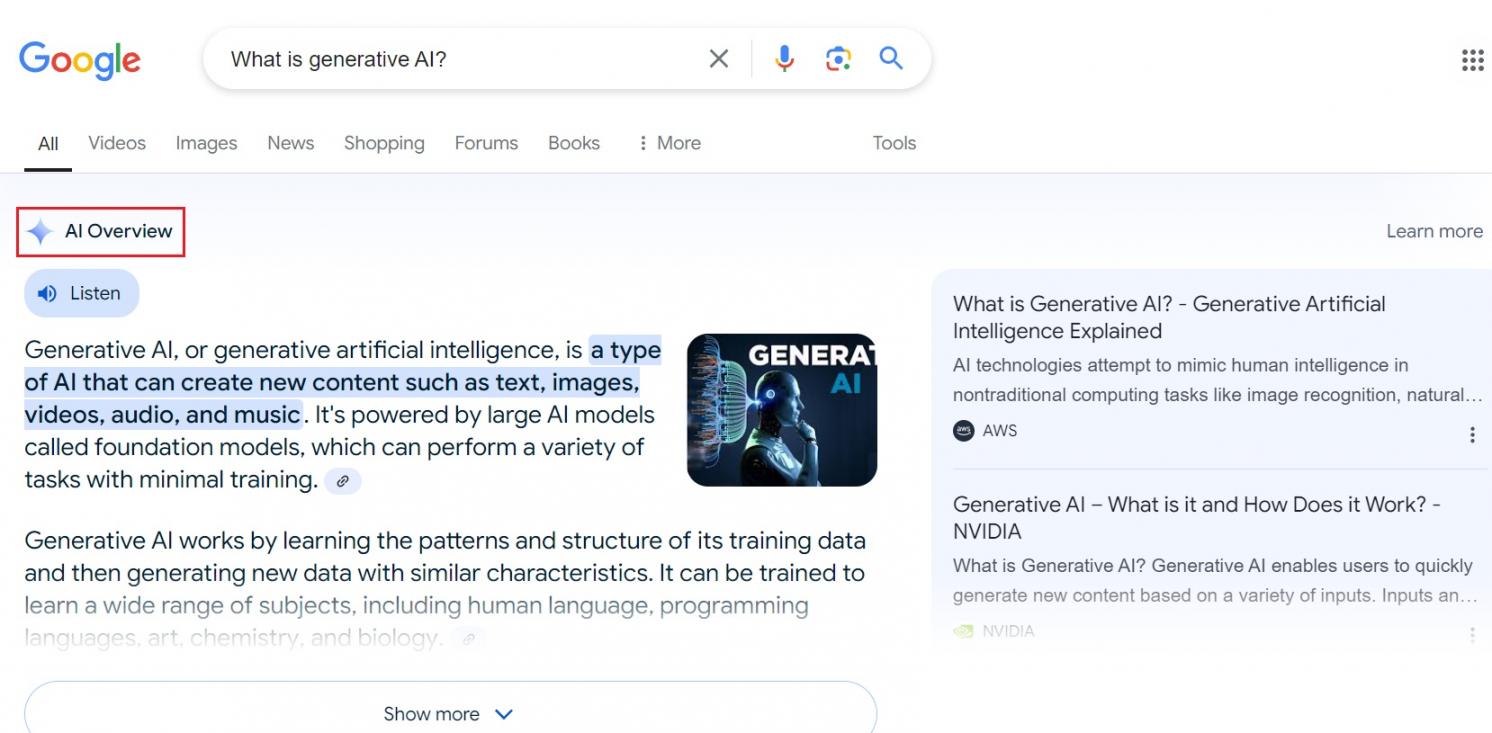
Image via Google
So, potentially, people can get their answers from the AI snippet that Google generates, without needing to visit any website.
Does this mean that SGE has killed SEO?
Absolutely not!
If you pay attention, you’ll see that it also showcases two websites right at the top for the specific search query. This is an opportunity for SEO professionals to create content that features in the AI overview for relevant search queries.
After all, Google’s AI also looks at various websites to find the answers and doesn’t generate them out of thin air. If your website is optimized, it will likely rank for such features.
That’s the basis of the new and trending term generative engine optimization (GEO). This involves optimizing your website specifically for Google’s AI search engine and not the traditional model.
Since search engine algorithms are evolving, you need to up your SEO game and include generative AI into the mix.
In this article, we’ll cover this topic from both angles—how you can create content for GEO and how generative AI can help you with content creation and other aspects of SEO.
Let’s get right to it.
How to Create Content for Generative Engine Optimization
As mentioned above, the launch of SGE has completely changed the dynamics of the SEO industry. The content that was considered top-notch earlier may not get featured in Google’s AI Overview.
The focus now is providing clear and crisp answers to questions, instead of beating around the bush.
A research paper published in 2024 sheds more light on what kind of content works best for generative engine optimization (GEO).
Here’s an image explaining how the results for a simple search query look different with generative engines than they did with traditional search engine results pages (SERP).

Image via arXiv
The rankings are not as clear-cut because the generative AI engine uses multiple sources to provide a summary.
Now, what kind of content should you create to rank for such features?
The study also outlines some key elements you should optimize to improve your content’s performance.
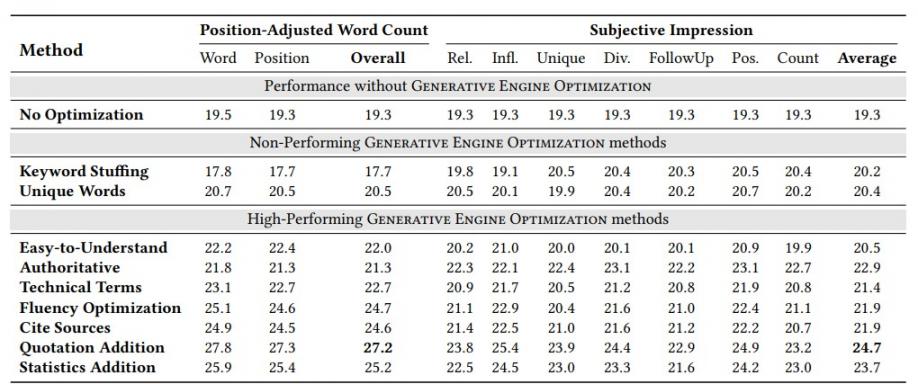
Image via arXiv
Keeping these and Google’s guidelines in mind, here are our top recommendations for creating great content for generative AI SEO.
1. Create Content That’s Easy to Understand
The first and most important tip for generative AI SEO is to create content that’s easy to understand for all types of readers.
Search engines prioritize content that offers real value to their users and help answer their questions. To do that, your content should explain the key concept in a way that’s accessible to all.
Here are some tips to create content for generative AI SEO:
- Break down complex ideas into bite-sized information that can be easily consumed.
- Use a simple, conversational tone and avoid jargon unless absolutely necessary.
- Answer the user intent directly, without being verbose. Of course, you can go in-depth with a topic, but stick to actionable advice and tips, rather than fluff.
- Add images, videos, and other visual content to explain complex concepts in an easy-to-understand manner.
- Add an FAQ section to answer common questions on the topic in a succinct, easy-to-understand manner.
Overall, write keeping the user intent in mind and ensure that you answer the intent through your content, without getting too technical.
2. Use an Authoritative Tone of Voice
Maintaining an authoritative tone showcases your expertise on a topic and builds trust in your content. This applies to both search engines and readers.
When you write content that shows your expertise, search engines (or generative AI engines) are more likely to consider it when answering user queries.
Google’s EEAT guidelines confirm that authority and expertise matter in SEO. Here’s an explanation of EEAT (experience, expertise, authority, and trust) by Moz.

Image via Moz
So, how can you establish trust and authority through your content?
Follow these SEO best practices to get started.
- Always conduct SERP research before writing and ensure you cover topics from a unique perspective or in more detail than the posts that are currently ranking.
- Create research-backed content and include as many statistics and facts as you can, along with credible sources.
- Include results from original research or case studies to provide more factual information.
- Prefer long-form content over short-form as that shows your expertise and authority on a subject.
- Always provide useful, actionable advice that people can practically follow and benefit from.
3. Improve Readability, Structure, and Flow
No matter how much information you provide in your content, it will be useless to readers unless it’s easy to read.
If your content is difficult to read and has long paragraphs without any images, chances are people will leave without reading. This will increase your bounce rate, a measure of user behavior on websites, and signal to Google that users don’t find your website or content useful. This is bad for SEO.
That’s why one important aspect of generative AI SEO is readability.
Here’s how you can create readable content for generative AI SEO:
- Structure your content with clear headings and subheadings, and use H1, H2, and H3 tags.
- Add images, videos, infographics, or any other visuals that can easily explain difficult concepts or act as examples.
- Use transition words like “but” and “however” to improve readability and flow.
- Include bulleted lists and numbered lists to break the monotony of paragraphs.
- Sparingly use bold and italic fonts to emphasize key points.
- Keep your paragraphs short, preferably 2-3 sentences. Also, keep your sentences short, less than 25 words.
- Use bucket brigades to connect different sections in a logical flow.
- Ensure you use a font and font size that’s easy to read.
- Lastly, include internal links to guide readers to other relevant resources.
4. Always Cite Sources for Statistics and Images
As mentioned earlier, one key aspect of Google’s EEAT guidelines is trustworthiness. There’s nothing that makes people lose trust in your content as unbacked claims and images and statistics without proper credits.
If you want to create content for generative AI SEO, you need to show that your content can be trusted. A simple way to do this is by citing images and statistics sources and linking to them.
Another important thing is to provide enough proof for your claims, via examples, statistics, case studies, or anything else. Don’t make absolute claims or any claims, without backing them up with some proof.
5. Share Your Personal Experience and Add Quotations
This is probably the most important factor for optimizing content for generative AI SEO.
This relates to the “Experience” aspect of Google’s EEAT guidelines. Here’s how Google explains it.
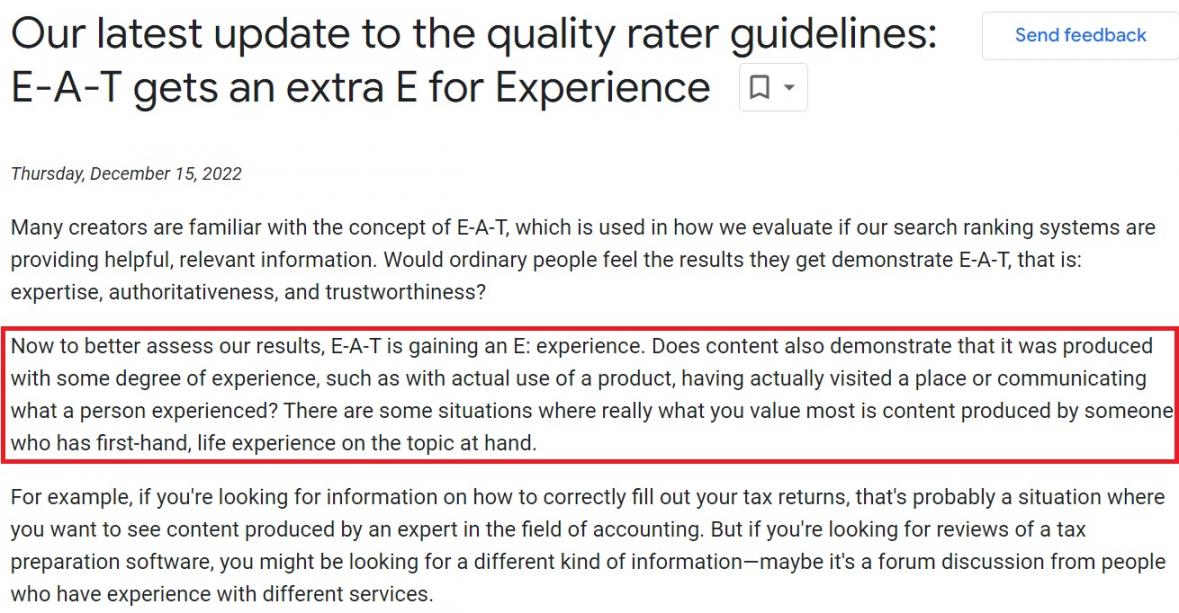
Image via Google
With the new generative AI engine, experience matters a lot. It will pick content that shows a certain degree of expertise and personal experience on the part of the author.
So how can you show your experience via your content?
Here are a few tips:
- Share personal stories and anecdotes that relate to the topic you’re writing about and make them unique.
- Use a first-person voice to show that you’re writing from personal experience and not just summarizing information from other sources.
- Show real results of your actions in the form of success stories or case studies or before and after comparisons.
- Be as specific as you can and avoid writing shallow content that barely touches the surface.
- Use a conversational tone and be authentic when writing content for generative AI SEO.
- Add quotations from experts within your niche to share their experiences and advice.
- Include real-life examples to prove your point, instead of using hypothetical ones.
How to Use Generative AI Tools for SEO
According to a survey by seoClarity, here are some common use cases of generative AI in SEO.
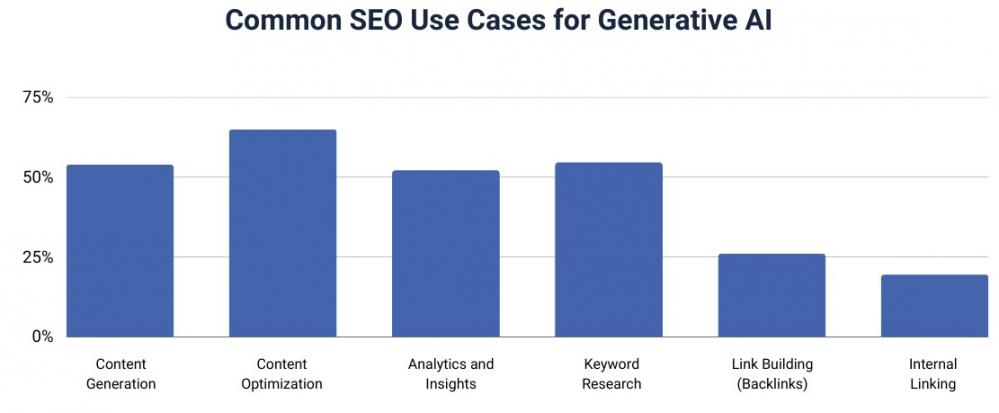
Image via seoClarity
As you can see, content creation is the most common use of generative AI in SEO. However, we don’t recommend creating content from scratch using just generative AI and no human input.
AI-generated content, while quick and easy to generate, still can’t match the nuance of human content.
According to the previously cited Foundation AI Survey, most people still find AI content to be worse than human content.

Image via Foundation
If your goal is to create content for generative AI SEO, then doing the bare minimum simply won’t cut it. You need to create in-depth, research-backed, human content based on the author’s expertise and personal experience.
Does this mean you shouldn’t use generative AI for SEO?
Absolutely not! There are still many ways you can leverage generative AI tools for SEO. Here are our top picks.
1. Conduct Keyword and Topic Research
Generative AI tools are great for conducting keyword research. They can look at the latest search trends to discover keyword ideas for your website. Some tools can also conduct competitor research to identify content gaps and keyword opportunities.
While most top SEO tools like Semrush and Ahrefs also use AI to some extent, you now have specialized generative AI tools that can do this for you, without any manual effort.
Similarly, you can also use generative AI to research a topic and gather the information you need to write a great piece of content.
2. Generate Meta Titles and Descriptions
While it’s not a great practice to use generative AI to create an entire piece of content, you can use it to create short-form content
Meta titles and descriptions are the best examples of short-form content that you can easily create using generative AI. With the right prompts, you can create SEO headlines that are catchy and instantly pique the audience’s interest. AI can also generate engaging meta descriptions that are great for both your audience and the search engines.
Here’s an example of a meta title and a description generated by ChatGPT based on a simple prompt.
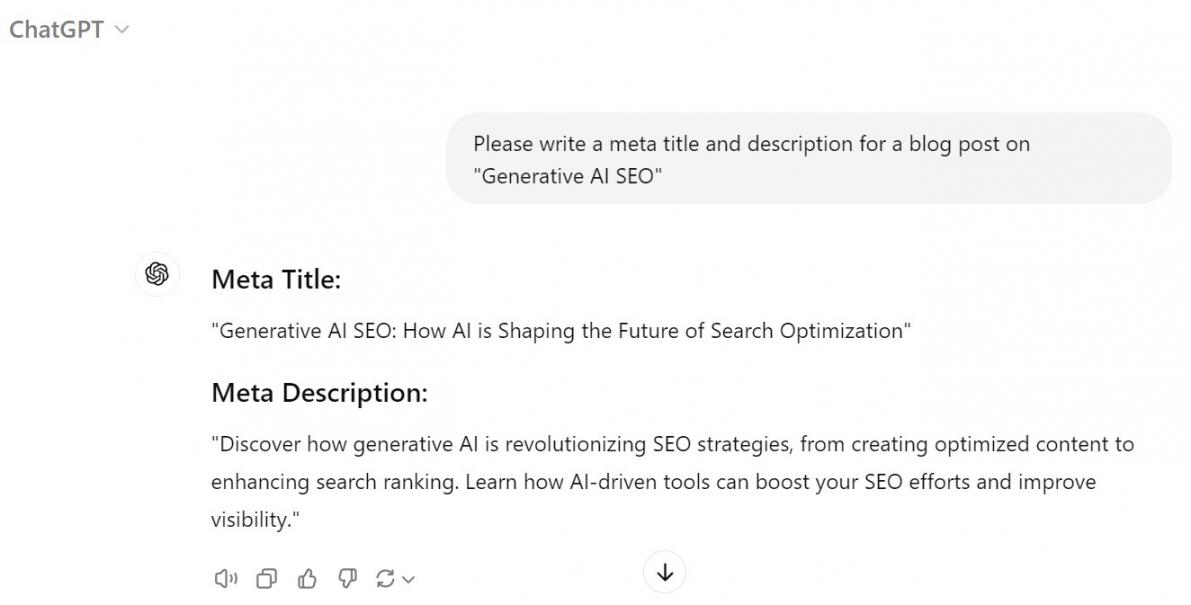
Image via ChatGPT
If you want multiple options to choose from, simply change the prompt accordingly and ask for 5, 10, or however many options you want.
3. Create Content Outlines
Additionally, you can also use generative AI tools to create detailed outlines for articles, ebooks, or any other type of content.
Simply mention the topic, word count, and other important details and these tools will give you an outline that you can follow.
For each section, you can use it for research, but make sure you create content yourself and use such tools only for research purposes.
4. Improve Existing Content
Content optimization is another important use case of generative AI in SEO.
Many AI-powered tools can help you with optimizing your content for better SEO performance.
Surfer SEO, for example, suggests relevant keywords, headings, questions, and the number of images you should add to make your content rank higher on SERP (search engine results pages).
Another good example is Hemingway Editor, which suggests improvements to make a piece of content easier to read. This includes suggestions related to word choices, use of adverbs, sentence length, passive voice, and more.
Some tools can also scan your website to find pages with missing meta tags and descriptions and suggest on-page SEO improvements. Similarly, you can find headline analyzer tools, grammar checkers, and a lot more.
Basically, generative AI has numerous applications in SEO and can help you with different aspects of content optimization.
Pro Tip: If you accept guest posts, you can use AI content detector tools like Attrock AI Content Detector and Zero GPT to assess their quality and originality. Avoid publishing content that’s 100% AI-generated, as that will not be good for your website’s reputation.
5. Optimize Structured Data
Structured data or schema markup is what you use to get your content to feature as rich snippets of Google SERP. Rich snippets are search results that appear differently than regular search results, as they display richer information.
This could include images, videos, product prices, or other relevant information, beyond the standard meta title and description.
For example, if you search for a recipe on Google, you may find the top results to be something like these. They are more visually rich than your regular text-based search results. They also provide recipe durations and user ratings.

Image via Google
These top-ranking pages use recipe schema markup or structured to get featured at the top for such search queries.
Structured data is a piece of code you use to provide this extra information to Google or other search engines about your content. It allows you to provide tons of contextual information about your content to search engines.
For example, some common types of schema markup include FAQ, video, product, event, organization, persons, etc.
Does this mean you need coding knowledge to add this?
Absolutely not! That’s where generative AI tools can help.
Generative AI tools can help you identify rich snippet opportunities for your web pages and also create relevant schema markup.
Pro Tip: If you need a free tool to generate various types of schema markup, try Attrock’s Schema Markup Generator. It will quickly generate different types of schema markup for your content and you simply have to copy and paste the code.
6. Add Internal Links
One lesser-known way in which SEO professionals can utilize generative AI tools for SEO is by using them to analyze your website’s structure and identify internal linking opportunities.
You can use specialized tools like LinkStorm that focus only on internal linking optimization or use generic tools like ChatGPT. The benefit of using the latter is that it’s free but subject to certain limits.
So, how does it work?
It will analyze or audit your website and find internal linking opportunities. It will even suggest the relevant internal links that you can add to specific pages to get the best SEO performance.
Of course, you still need to add those links manually (at least for now), but generative AI does pretty much everything else for you.
Pro Tip: You can take this a step further and use generative AI to improve your website’s structure and navigation. You may also use it to generate sitemaps that you can submit to search engines like Google.
7. Do Image and Video SEO
Lastly, generative AI tools are great for image and video SEO as they can quickly create SEO-friendly titles and descriptions for visual content.
The alternative text for images helps search engines better understand the content of an image. Enriching it with the right keywords can provide more context to search engines like Google about the images on your website. This helps them rank your images for relevant search queries for images.
Similarly, you need to optimize your video titles and descriptions with keywords to help search engines understand, index, and rank them better. Generative AI can simplify the process by creating content that’s already optimized.
Moreover, you can also use AI for thumbnail selection, closed captioning, subtitle generation, and a lot more. As such, generative AI can help you with most aspects of image SEO and video SEO.
FAQ
Q1. What is generative AI in SEO?
A. In general, generative AI in SEO refers to the use of AI tools to improve a website’s SEO performance. This could be content creation, keyword research, content optimization, and a lot more.
However, with the launch of Google’s search generative experience, the definition has become broader. Since Google is now using generative AI to provide a summarized answer to user queries, the way SEO is done has changed forever.
Instead of SEO, SEO professionals are now focusing on GEO (generative engine optimization), which aims to feature content in Google’s AI Overview.
Q2. How can generative AI be used for SEO?
A. Generative AI tools can help with numerous aspects of SEO and go beyond just content creation.
You can use generative AI to:
- Research and find keywords for your website content
- Generate SEO-friendly meta titles and meta descriptions
- Create detailed outlines for your content
- Optimize existing content for keywords, metadata, and more
- Find opportunities to add structured data to your content and generate schema markup
- Improve the internal linking structure of your website
- Optimize image and video titles, descriptions, and more
Q3. Is AI-generated content bad for SEO?
A. There are differing opinions on the subject, but our stand remains that AI content can’t match human content in quality, at least as of now. We recommend that you use generative AI to research and optimize your content, instead of using it to create content.
This will help you make the process efficient while ensuring high-quality content.
Using generative AI to create content in bulk and sharing it will not make much impact on your website’s SEO performance. Most search engines will flag it as low-quality content and that would do more harm than good.
Q4. How can I create content for generative AI SEO?
A. The focus of the generative AI engine is to show content that’s most useful to the users and provides the most accurate and concise answers. That’s why, you need to create authoritative, credible, and informative content that targets a particular keyword and search intent.
Here are some tips to help you create great content for generative AI SEO:
- Create content that explains difficult concepts in simple terms and is accessible to everyone, from beginners to experts.
- Use an authoritative tone of voice and showcase your expertise in a niche.
- Make sure your content is easy to read by using images, bulleted lists, headings, and subheadings to properly structure it and make it scannable.
- Write research-backed content and provide citations and sources for all images and statistics you use to prove your points,
- Write from a first-person point of view and show your experience by sharing anecdotes and case studies where you were personally involved.
Q5. Will AI make SEO obsolete?
A. No, it will not. The use of AI in search engines has caused this speculation because it provides a quick answer to user queries. However, a short AI overview is not enough to answer most of the questions, at least in detail.
That’s why Google features some top sources where people can go to learn more about a subject. This gives SEO professionals a chance to rank at the top of Google SERP if they provide in-depth answers to specific questions.
Also, the way you create content for generative AI SEO differs slightly from traditional SEO. This doesn’t mean that SEO is obsolete, just that it’s evolving and generative AI will be a key factor driving this change.
Conclusion
Generative AI has forever changed search engine optimization and SEO professionals are worried that traditional SOE might be dead. The fact is, with the right SEO content strategy and the help of AI tools, your content can still get high search engine rankings.
The key is to generate content for generative AI engines, instead of traditional search engines. Luckily for you, generative AI tools can help with many aspects of content creation, optimization, and SEO.
Generative AI can help you create engaging content, analyze existing content, and help with technical SEO and on-page SEO. You simply need to use the right SEO tools and strategies to make your content stand out.
If you need help boosting your SEO efforts, Attrock can help. Our search engine optimization services can give you the edge you need to get more organic traffic and higher search rankings.








